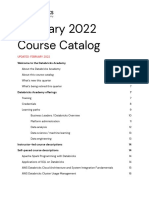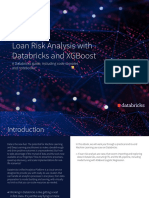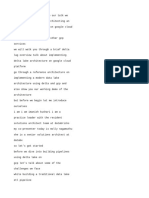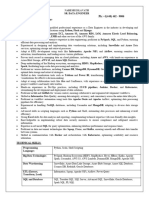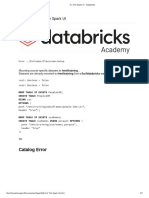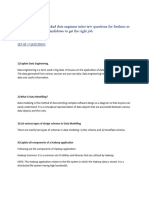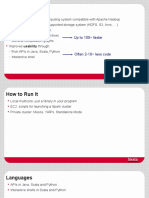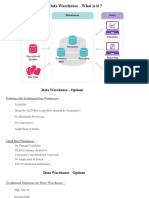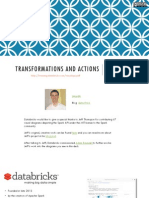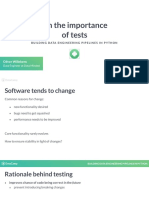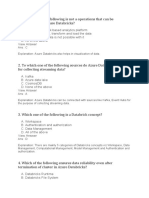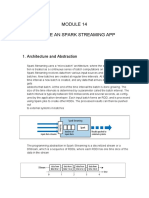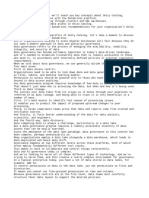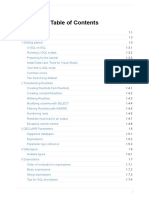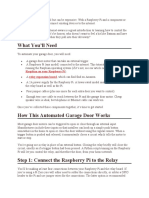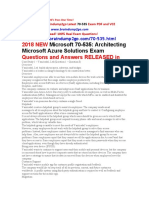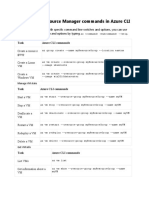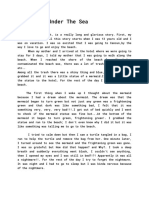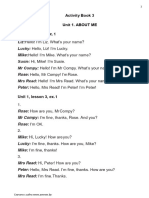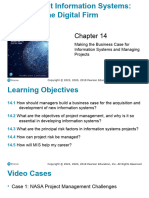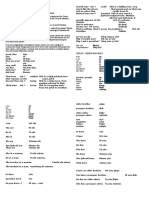0% found this document useful (0 votes)
527 views11 pagesDatabricks Delta for Developers
This document provides a guide to Databricks Delta, a powerful transactional storage layer that uses Apache Spark and Databricks DBFS. It includes sections on introducing Databricks Delta with requirements and FAQs, a quickstart for creating, reading, appending, and streaming data to tables, batch and streaming reads and writes, optimizing performance and cost, table versioning, concurrency control and isolation levels, and porting existing workloads.
Uploaded by
paramreddy2000Copyright
© © All Rights Reserved
We take content rights seriously. If you suspect this is your content, claim it here.
Available Formats
Download as DOC, PDF, TXT or read online on Scribd
0% found this document useful (0 votes)
527 views11 pagesDatabricks Delta for Developers
This document provides a guide to Databricks Delta, a powerful transactional storage layer that uses Apache Spark and Databricks DBFS. It includes sections on introducing Databricks Delta with requirements and FAQs, a quickstart for creating, reading, appending, and streaming data to tables, batch and streaming reads and writes, optimizing performance and cost, table versioning, concurrency control and isolation levels, and porting existing workloads.
Uploaded by
paramreddy2000Copyright
© © All Rights Reserved
We take content rights seriously. If you suspect this is your content, claim it here.
Available Formats
Download as DOC, PDF, TXT or read online on Scribd
/ 11







